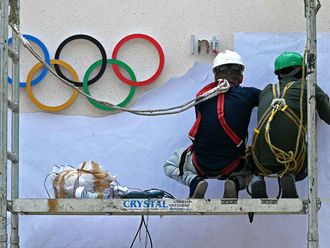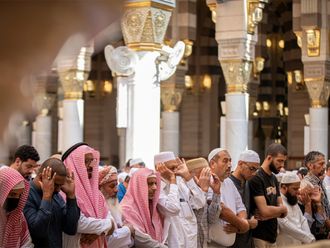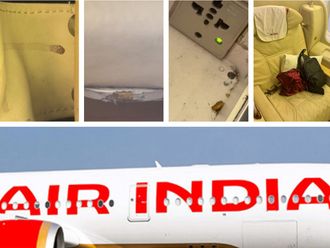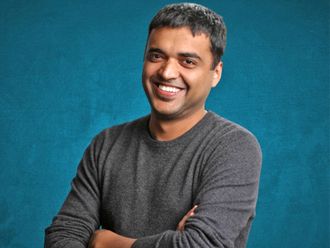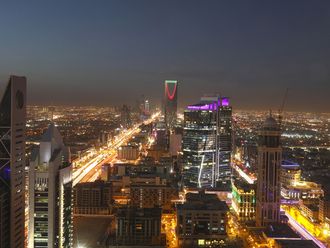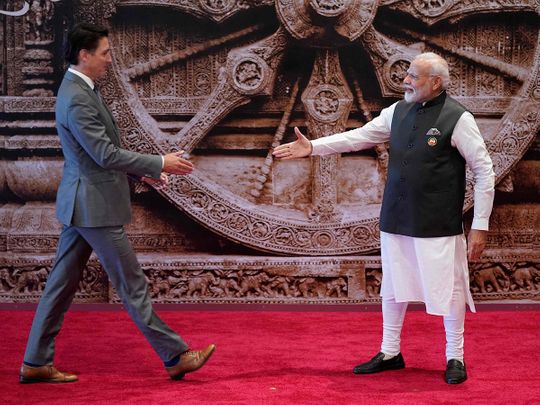
New Delhi: India-Canada ties hit their lowest point in recent memory this week after Canadian Prime Minister Justin Trudeau accused India’s government of orchestrating the killing of a prominent Sikh leader outside a temple in British Columbia in June.
India “completely rejected” the accusation, which comes after years of simmering tensions between the two countries over the issue of Sikh separatism in India.
Here’s how an uneasy relationship quickly spiralled into recriminations:
Who was murdered and why?
On June 18, unknown assailants shot and killed Hardeep Singh Nijjar, who supported the formation of an independent homeland — known as Khalistan — for Sikhs in northern India. While it’s unclear who pulled the trigger in a parking lot outside a Sikh cultural centre in Surrey, British Columbia, Trudeau went on the record on Monday to state that Canada believed India’s government was linked to the killing. He said he had raised the issue with Indian counterpart Narendra Modi at the Group of 20 meeting the previous week, and subsequently Canada’s foreign minister said she had expelled an Indian diplomat — the head of India’s intelligence agency in Canada — from the country.
India, in turn, expelled a senior Canadian diplomat based in the South Asian country.
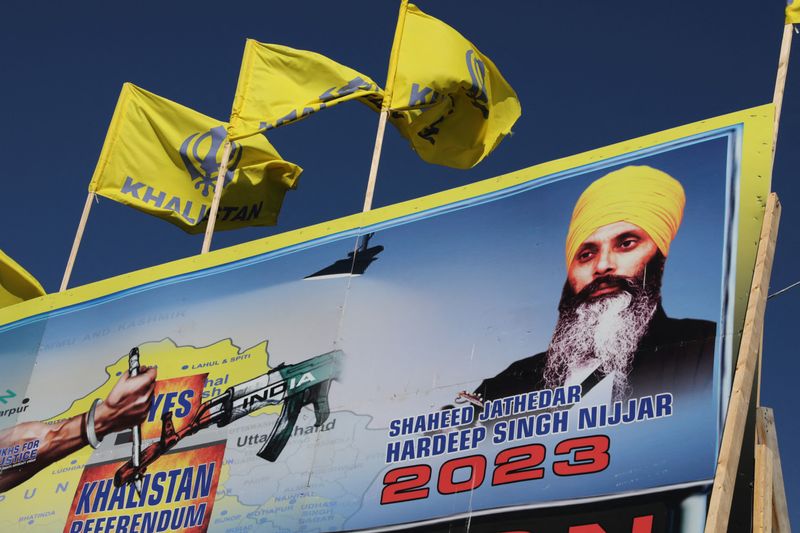
What is the Khalistan movement?
The so-called Khalistan movement was the fight for an independent state for India’s Sikh population in the Punjab region. The violent secessionist movement paralysed the state in the 1980s, leading to bombings, assassinations and thousands of deaths, including of police and civilians. The main flash point came in 1984, when India’s army entered the Golden Temple in Amritsar and killed the leader of the insurgency, who had taken refuge in Sikhism’s holiest shrine. Months later, in an act of revenge, then-Prime Minister Indira Gandhi was shot and killed by two Sikhs who were part of her security detail. The assassination triggered bloody anti-Sikh riots in New Delhi, as well as a government crackdown that prompted many to take refuge in other countries, including Canada, which has the largest population of Sikhs outside India.
Why have India and Canada been at loggerheads?
Indian officials have long accused Canada of being too comfortable with Sikh separatists, who have emerged as a political force particularly in districts around Toronto and Vancouver. Back in 2015, Trudeau’s appointment of four Sikh ministers to his cabinet led Indian officials to accuse Canada of supporting calls for separatism. Canada has always maintained it supports a “united India.”
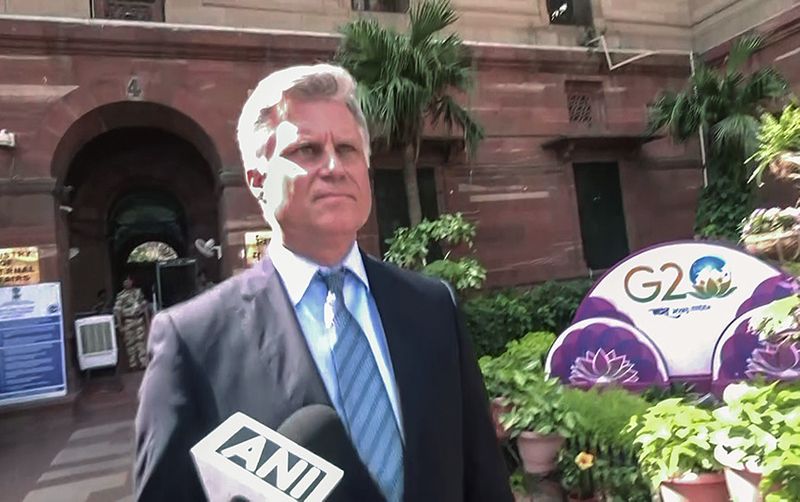
How has Trudeau been involved?
In 2018, Trudeau embarked on a much-criticised trip to India, zig-zagging the country in what was seen as a bid to court the votes of the Indo-Canadian diaspora. During the visit, on which Trudeau was accompanied by a large Sikh contingent, he was widely chided for preaching liberal values and wearing over-the-top Indian attire. He also came under fire when his delegation met a man once convicted in Canada of the attempted murder of a visiting Indian cabinet minister. The trip was characterised as being light on business and heavy on photo ops, while doing nothing to quell the feeling that Canada sympathised with Sikh separatists.
What’s happened since?
While the issue of Canadian sympathy for Sikh separatism never went away, it looked like fences were being mended, as Canada warmed to the idea of boosting ties with India to counter its crumbling relationship with Beijing. Trade talks that had intermittently rumbled on for a decade were being ramped up as Trudeau sought to diversify Canada’s economy away from China. Canada’s recently released Indo-Pacific strategy stated: “India’s growing strategic, economic and demographic importance in the Indo-Pacific makes it a critical partner in Canada’s pursuit of its objectives under this strategy.” Even as recently as May this year, both sides appeared optimistic that an early-progress trade agreement, focusing on automobiles, agriculture and information technology, would be signed.
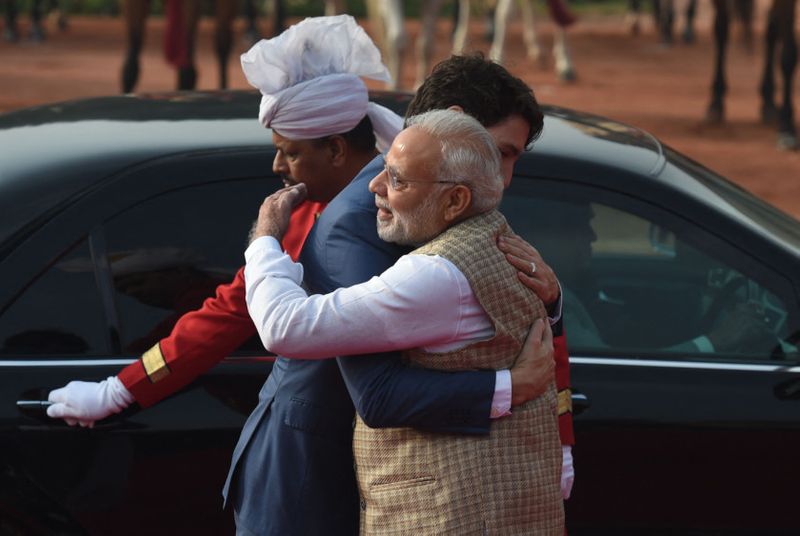
Where did things really begin to break down?
In September the Canadian government requested a pause in trade talks as Trudeau prepared to travel to India for the G-20 leaders’ summit. A government spokesman said the break would “most likely” allow for further consultation with stakeholders. But then things took a turn for the worse.
What happened at the G-20 summit?
Trudeau and Modi didn’t hold a formal bilateral meeting at the summit, instead having a brief conversation on the sidelines. Trudeau claims to have brought up Nijjar’s killing, while Modi criticised Canada for allegedly allowing Sikh secessionist groups to operate in the country, according to India’s Foreign Ministry. In a further embarrassment for Trudeau, his plane then broke down at the airport, stranding him in India for another night after the frosty exchange.
How did Canada react?
Several days later, in a sign of a further deterioration in relations, Canada cancelled a trade mission to India penned in for early October. No reason was given. “At this time, we are postponing the upcoming trade mission to India,” said Alice Hansen, spokesperson for Canadian Trade Minister Mary Ng. “In the next year we will be taking businesses to Japan, Indonesia, Korea, Malaysia, Philippines, and Vietnam.”
Then came Trudeau’s statement on India’s involvement in Nijjar’s killing.
What comes next?
Now attention will turn to the evidence Canada produces to support its allegations that the Indian government was involved in Nijjar’s assassination. Depending on what is revealed, tensions could erupt further and potentially strain India’s ties with other Western governments. The US, in particular, has eagerly courted India as a rising counterweight to China, and has largely ignored concerns about worsening human rights and press freedoms in India.



